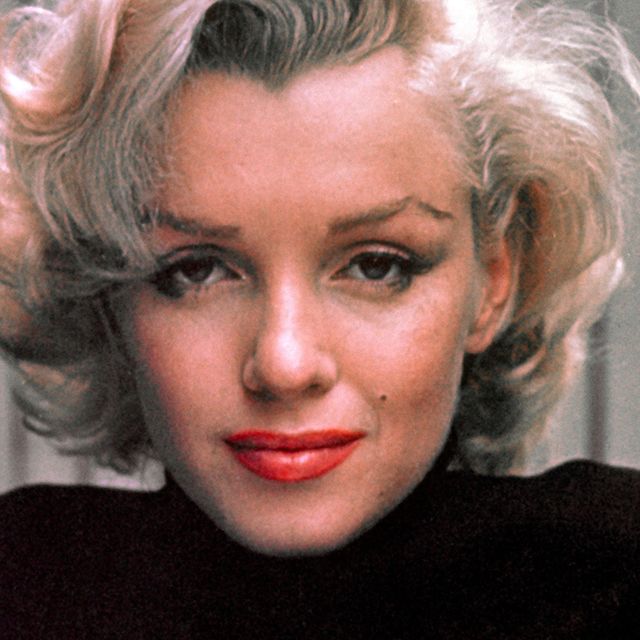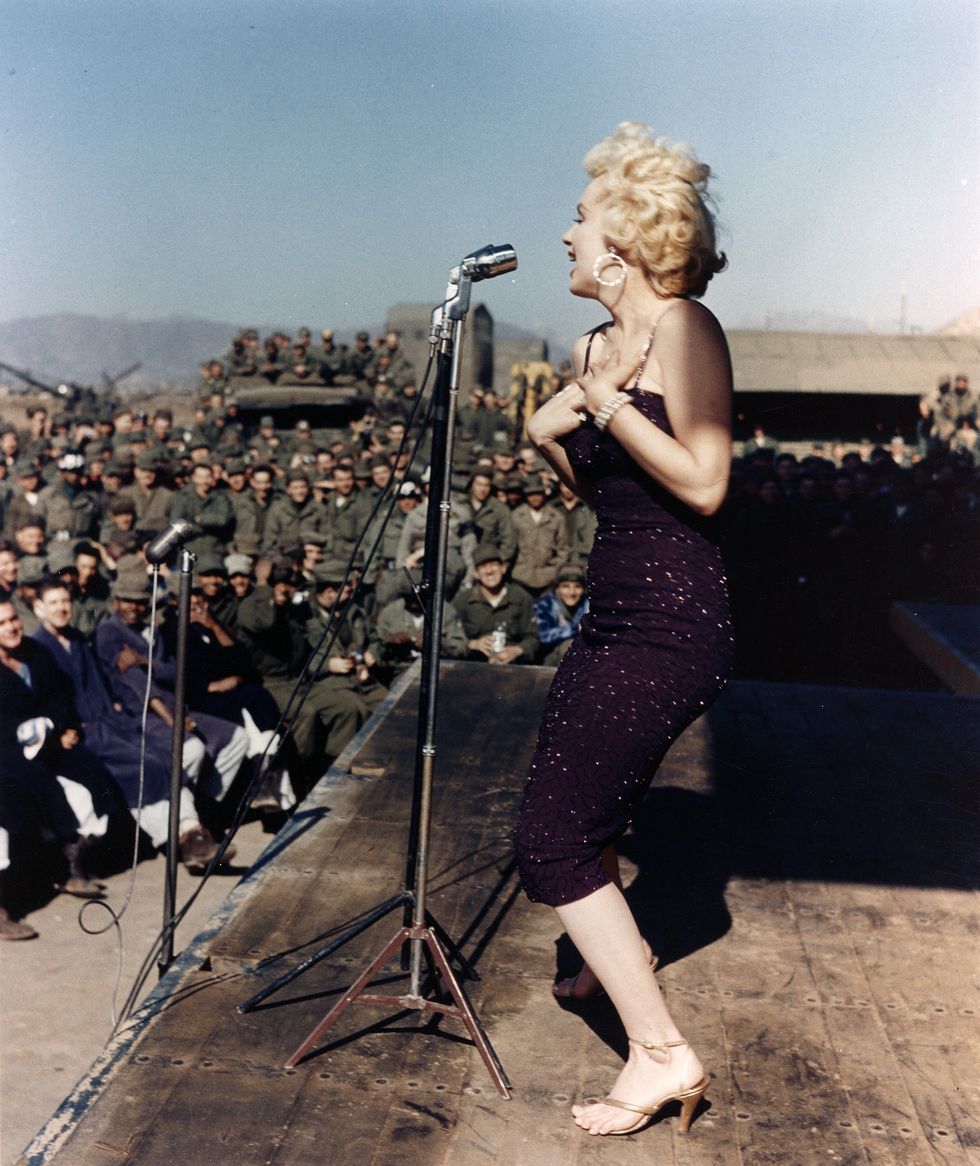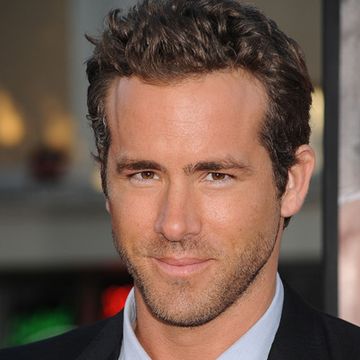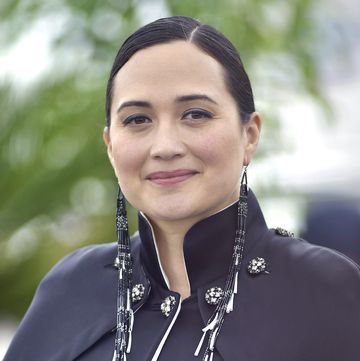Marilyn Monroe died on August 5, 1962, yet she's remained an unforgettable icon for more than half a century. As with many pop-culture figures, some overly hyped aspects of Monroe's story — such as her reputation as a "dumb blonde" and the mystery around her death — have often overshadowed other aspects of her legacy. Here are six fascinating facts about her life that reveal a more nuanced picture of the real woman behind the legend:
Monroe cut her honeymoon short to entertain the troops
In the early years of World War II, Monroe was a teenaged housewife named Norma Jeane Dougherty. During the war, she went to work in a factory that made military drones. There, she was discovered by a photographer searching for subjects to inspire the troops. Monroe became a model and went on to take risqué pin-up photos that would be hugely popular with soldiers in Korea. After she'd transformed into an actress called Marilyn Monroe, army publication Stars & Stripes dubbed her "Miss Cheesecake of 1951" as her film career was taking off.
Monroe demonstrated her gratitude to these fans by interrupting her honeymoon with second husband Joe DiMaggio to visit troops in Korea in February 1954. Her routine, which featured her onstage in a sparkling purple dress, was a huge hit. She did 10 shows in four days, despite freezing temperatures that contributed to her developing pneumonia. Monroe later noted the experience "was the best thing that ever happened to me. I never felt like a star before in my heart."
READ MORE: Inside Marilyn Monroe and Joe DiMaggio's Roller Coaster Romance
Becoming an A-List movie start didn't come easy
As she started out in the movie industry, Monroe did submit to the casting couch. However, she also worked hard by taking lessons and giving her all to the parts that came her way. To gain experience for a role in B movie Ladies of the Chorus (1948), she performed in a burlesque show under the name "Mona Monroe." For a working-class role in the film Clash by Night (1952), she observed workers in a cannery (and apparently was offered a job beheading fish).
Monroe certainly didn't experience overnight success — she cycled through a couple of movie studios, and saw film contracts expire. But she was always prepared to triumph in her career. At one point she told a friend, "If one hundred percent of the movie big shots in Hollywood told me I couldn’t make it to the top, I wouldn’t believe them."
She stood up to HUAC
In 1956, while involved with Monroe, playwright Arthur Miller was called to testify before the House Un-American Activities Committee. Artists who refused to reveal people who'd been involved with Communist activities could be sent to prison for contempt of Congress, but Miller refused to name names. Throughout this ordeal, Monroe remained committed to Miller — despite studio executives and acting teacher Paula Strasberg warning that her decision could expose Monroe to a public backlash that might destroy her career.
Monroe also agreed to marry Miller, even after he surprised her by announcing their wedding plans in his HUAC testimony. Her public display of loyalty likely helped keep him out of prison (Miller was given a suspended sentence for his contempt conviction in 1957; the conviction went on to be overturned in 1958). However, Monroe's actions ended up attracting further interest: Support of Miller, combined with a request she'd made to visit the Soviet Union in 1955 (though she didn't make the trip), prompted the FBI to open a file on her.
Monroe was an advocate for civil rights
Her relationship with Miller, which ended in divorce in 1961, wasn't the only means by which Monroe became politically aware. With Shelley Winters, a one-time roommate, Monroe attended rallies protesting the violation of civil liberties caused by anti-Communist fervor. She was once chastised for reading a "radical" biography of muckraker Lincoln Steffens on a film set. Having been raised to hold more progressive views on race, Monroe also became an advocate for civil rights.
In 1960, Monroe was elected as an alternate delegate to Connecticut's state Democratic convention (it was a largely honorary position and she didn't attend the gathering). She also once said to reporters, "My nightmare is the H-bomb. What's yours?" — making it unsurprising that she got involved with the Hollywood arm of the Committee for a Sane Nuclear Policy. The FBI, which continued to keep tabs on her, noted in her file in 1962: "Subject's views are very positively and concisely leftist; however, if she is being actively used by the Communist Party, it is not general knowledge among those working with the movement in Los Angeles."
She was institutionalized in 1961
Monroe had a lifelong fear of losing her sanity, something she'd witnessed in her mother. So when Dr. Marianne Kris brought Monroe — who was taking pills, losing weight and not sleeping — to a locked and padded room in New York’s Payne Whitney Clinic in 1961, the patient reacted badly. Desperate to escape, Monroe took inspiration from one of her early films, broke a window and threatened to cut herself with a piece of glass.
This behavior led to Monroe being restrained and carried to another level of the facility, and her desperation grew. Dr. Kris didn't visit; Monroe wrote to Lee and Paula Strasberg, her acting teachers, but they weren't able to obtain her release. Only ex-husband DiMaggio came through, rushing to the facility when he learned what was happening. "I want my wife," he demanded, "And if you do not release her to me, I will take this place apart — piece of wood, by piece . . . of . . . wood." Of course, Monroe was no longer DiMaggio's wife, but the hospital felt the most prudent course was to avoid any potential negative publicity. She was transferred to Columbia University Presbyterian Hospital, where she received treatment in a private room.
READ MORE: How Marilyn Monroe's Childhood Was Disrupted by Her Mother's Paranoid Schizophrenia
Monroe was incredibly generous
Monroe was generous throughout her life, a trait that was apparent even as she spent time in institutions and foster homes. She gave an acting teacher a valuable fur coat and offered money to people in need; shopping companions would often find Monroe had sent them items she'd ostensibly purchased for herself. She was especially generous with children and offered assistance to child-focused charities like the Milk Fund for Babies and the March of Dimes.
That same generosity continues even after Monroe's death. Though most of Monroe's estate went to Strasberg, a portion was left to Dr. Kris. In 1980, Kris bequeathed her part of Monroe's estate to England's Anna Freud Centre. This organization serves children with mental health issues — given her life experiences, it's a cause Monroe would likely be proud to support.













